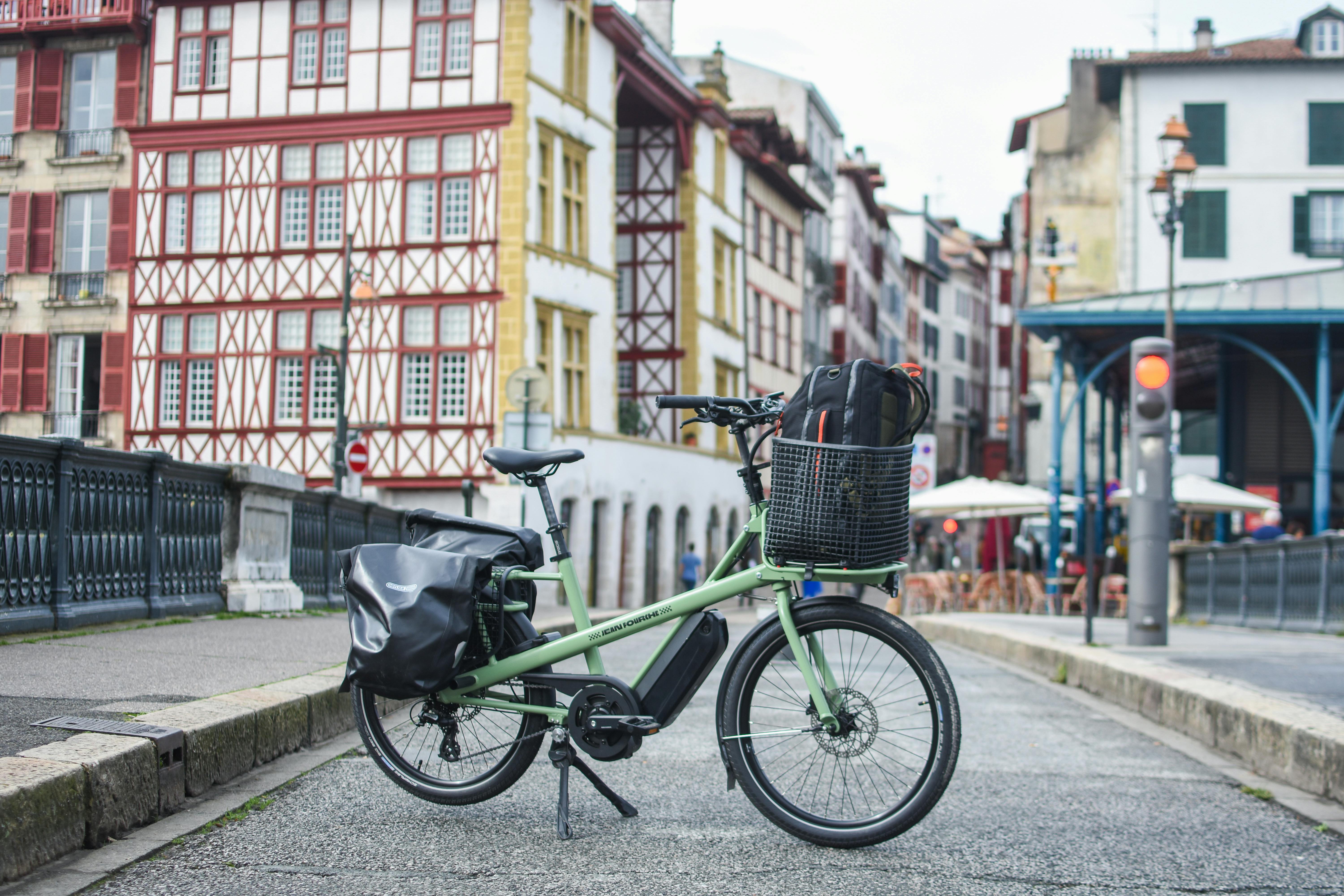Transforming Travel: The Emergence of E-Bike Tourism
E-bikes, or electric bikes, are not a new invention. Their history can be traced back to the late 19th century when inventors started experimenting with adding electrical components to bicycles. However, it wasn't until the 1990s that e-bikes began to gain popularity as battery technology improved and environmental concerns rose. Now, they are becoming an increasingly popular mode of transport, not just for commuting, but also for tourism.

Trends on Two Wheels: E-Bike Tourism Today
The rise of e-bike tourism is a fairly recent phenomenon. As more people search for sustainable and active ways to explore new destinations, e-bikes have emerged as the perfect solution. They offer the opportunity to cover more ground than walking, yet allow for a more intimate experience than driving. Furthermore, e-bikes are becoming increasingly popular in hilly or mountainous areas, where traditional cycling might be too strenuous for some. With an e-bike, tourists can enjoy the scenery without exhausting themselves.
Advantages, Challenges, and Impact of E-Bike Tourism
E-bike tourism presents several advantages. It promotes active and sustainable travel, reducing carbon emissions and supporting local economies. E-bikes also enhance accessibility, making it possible for people of all fitness levels to explore new places by bike. However, there are also challenges to consider. For instance, the need for charging infrastructure and the high cost of e-bikes may be a barrier for some tourists. Despite these challenges, the impact of e-bike tourism is largely positive, contributing to a more sustainable and inclusive travel industry.
Informed by Research: The Science Behind E-Bikes
Multiple studies have shown the benefits of e-bikes. They have been found to provide a good workout, improve mental health, and reduce stress. In terms of environmental impact, research suggests that e-bikes are far more efficient and eco-friendly than cars. They consume less energy, emit fewer greenhouse gases, and require less space for parking. These scientific insights underline the potential of e-bike tourism to revolutionize travel.
Unearthing the Potential: E-Bike Tourism in Practice
Experience the thrill of e-bike tourism in various settings, from city tours to remote trail rides. In Amsterdam, for example, tourists can rent e-bikes to explore the city’s iconic canals and historic sites. In the French Alps, e-bike tours offer a unique way to discover stunning mountain landscapes without the physical strain of traditional cycling.
Pedal-Powered Tips and Insights
- Always wear a helmet when riding an e-bike. Safety is paramount, even if the ride seems easy.
- Check the local laws and regulations. In some places, e-bikes might be classified differently than regular bikes.
- Test ride an e-bike before your trip. It’s important to feel comfortable and confident on the bike.
- Plan your route ahead of time. Consider the range of the e-bike and the location of charging stations.
- Pack wisely. Bring water, snacks, and a portable charger for emergencies.
In conclusion, e-bike tourism presents an exciting development in the travel industry. By blending sustainability, accessibility, and adventure, it offers a fresh perspective on exploring the world. As more people discover the joys of e-bike travel, we can expect this trend to continue growing, shaping the future of tourism in the process. So, why not give it a try on your next holiday? You might just find your new favorite way to explore.




